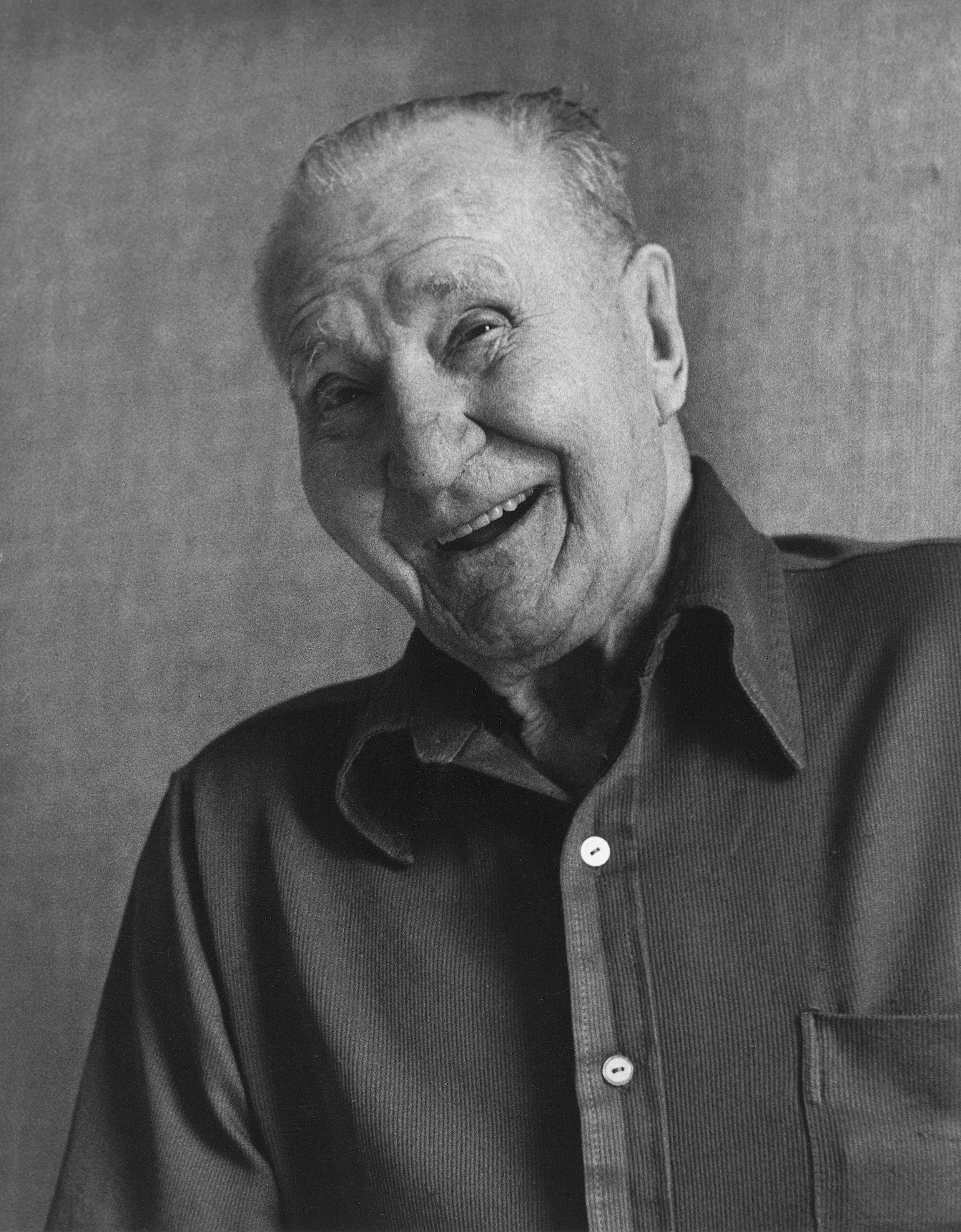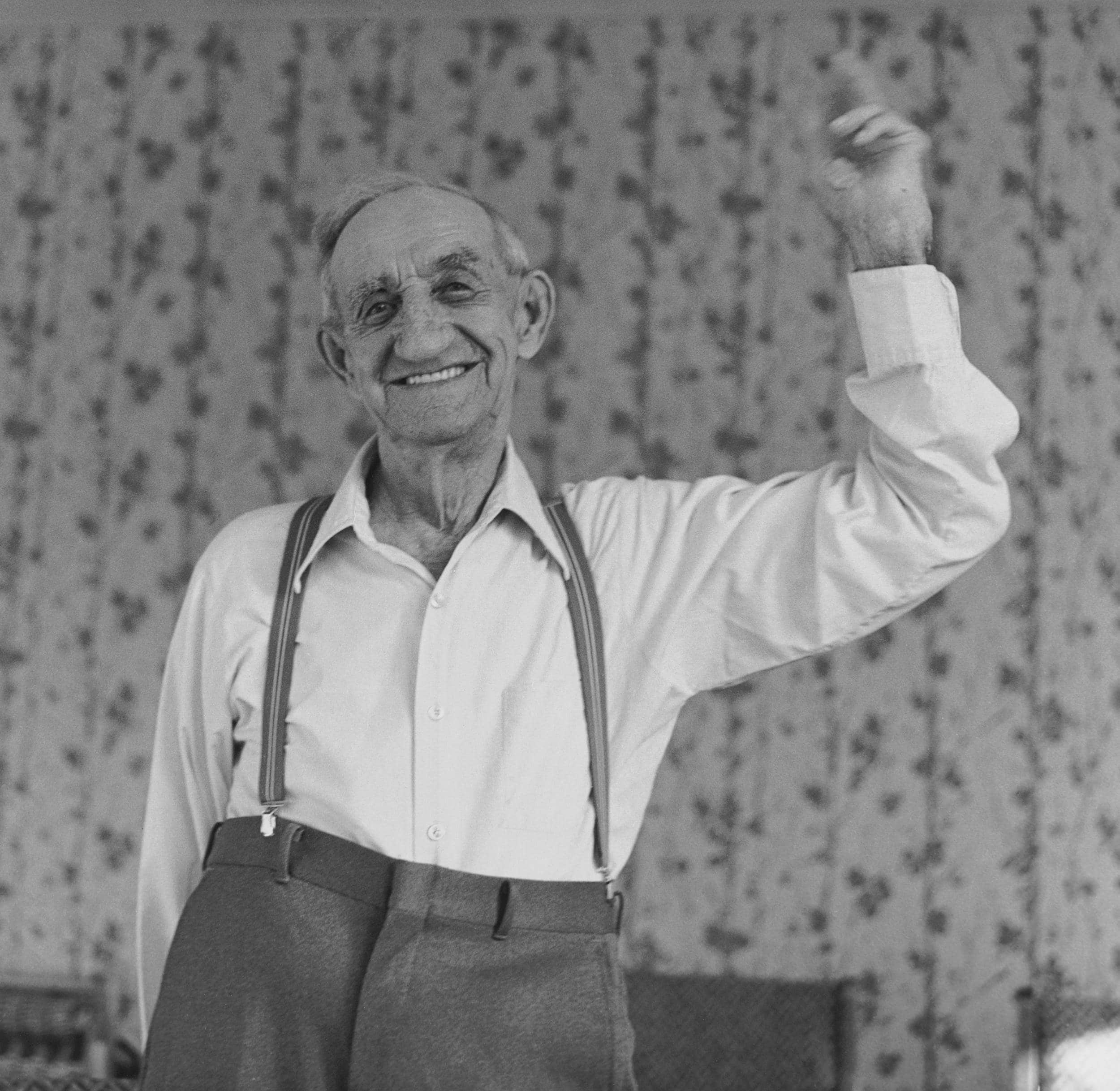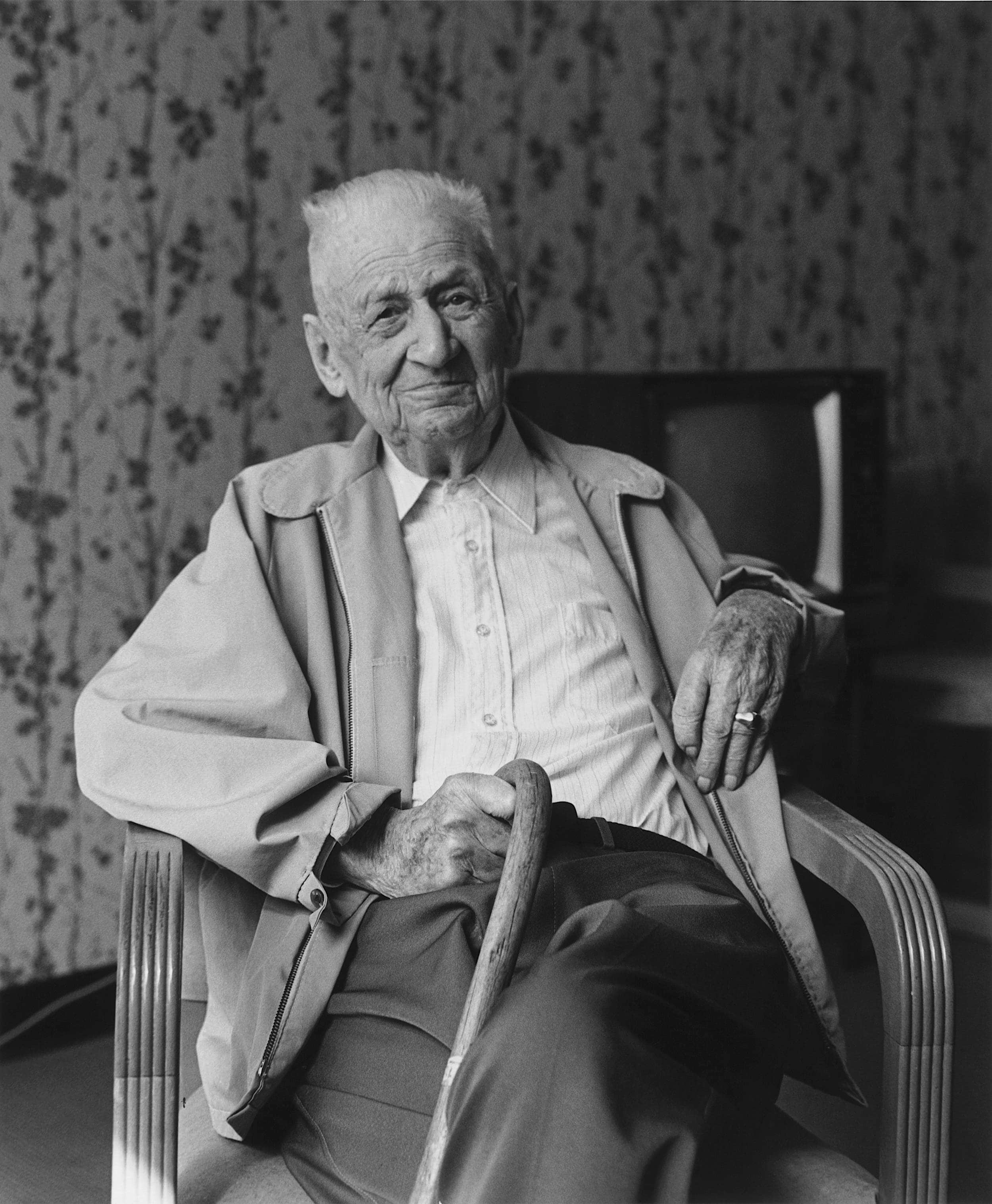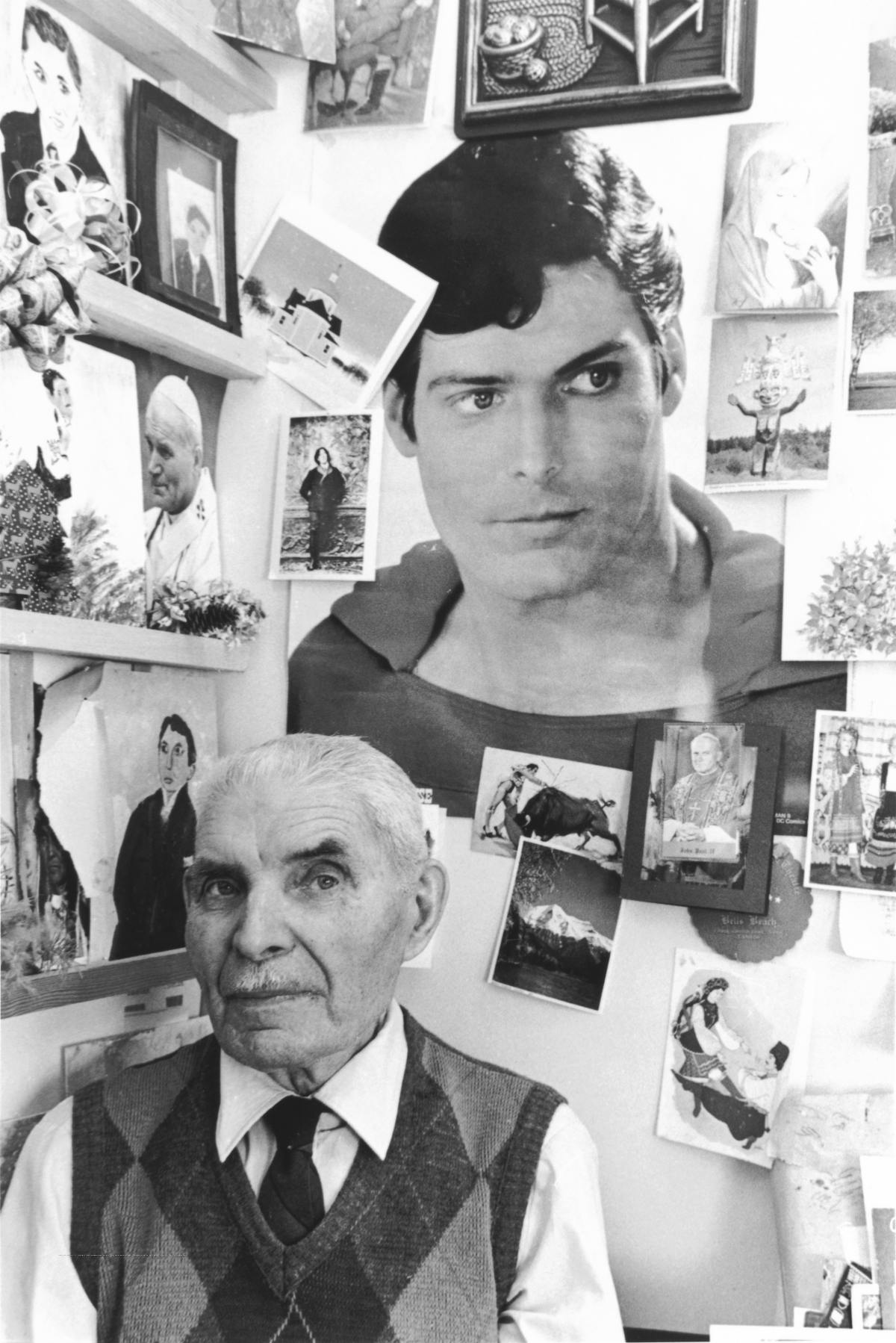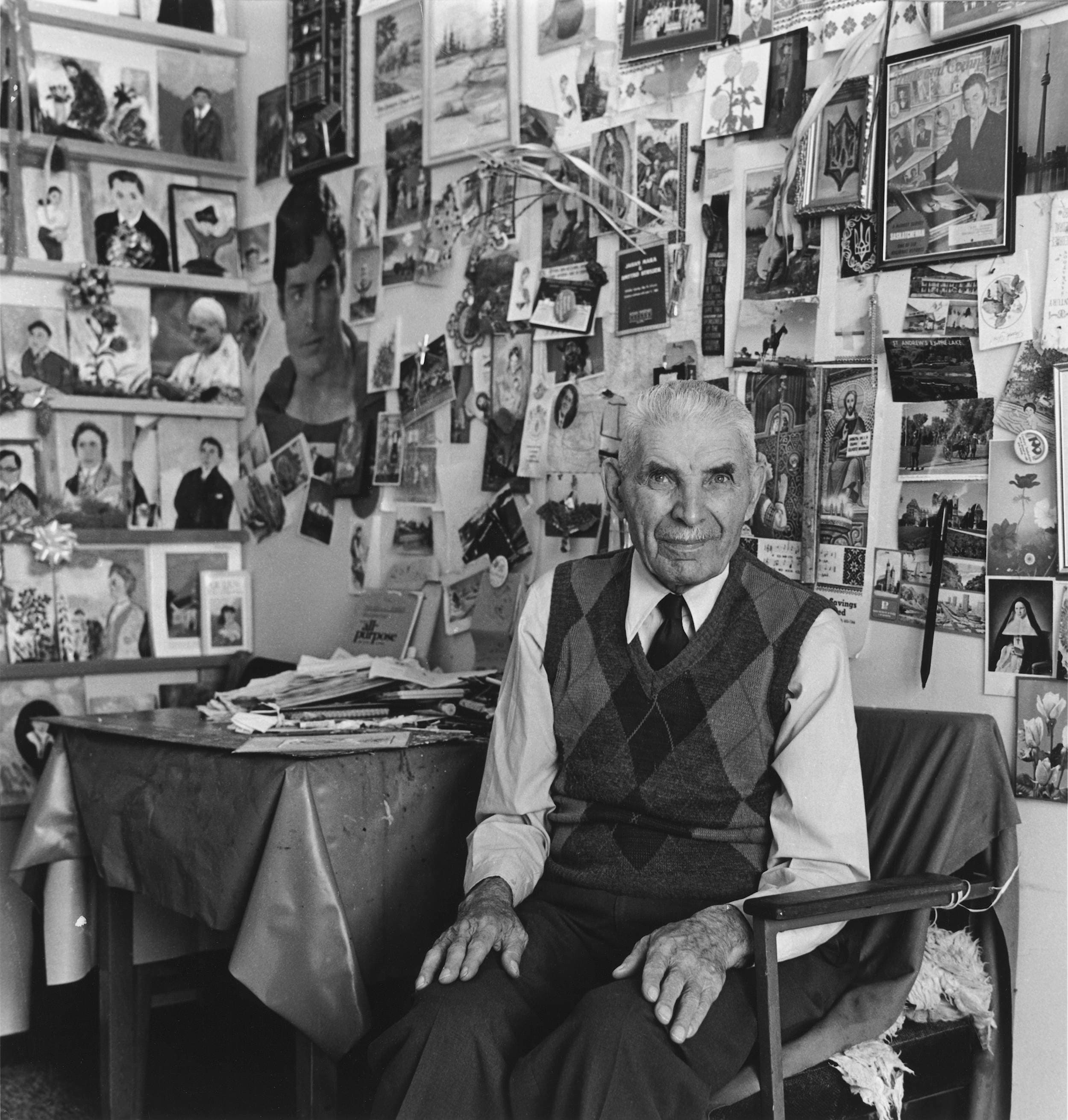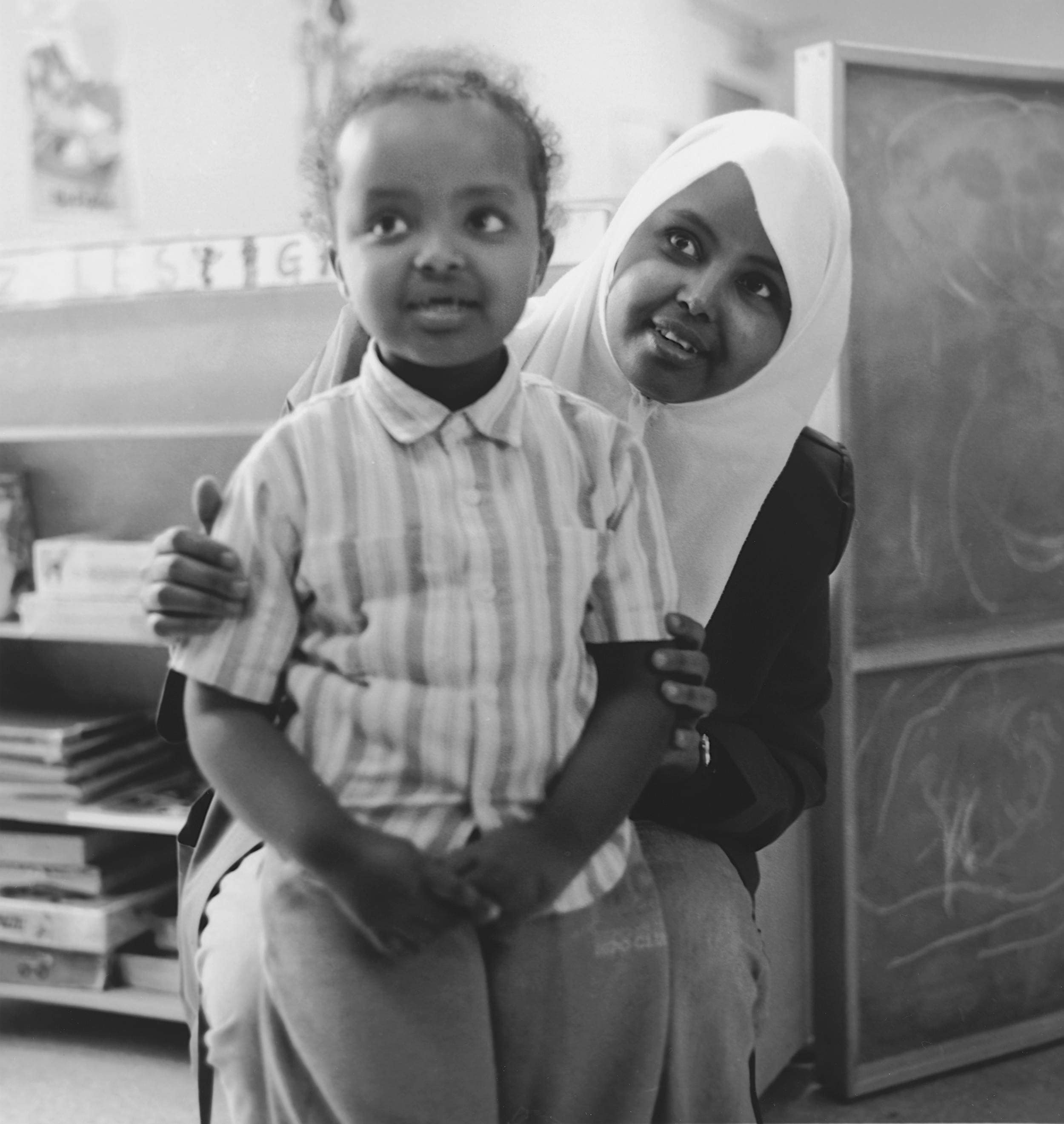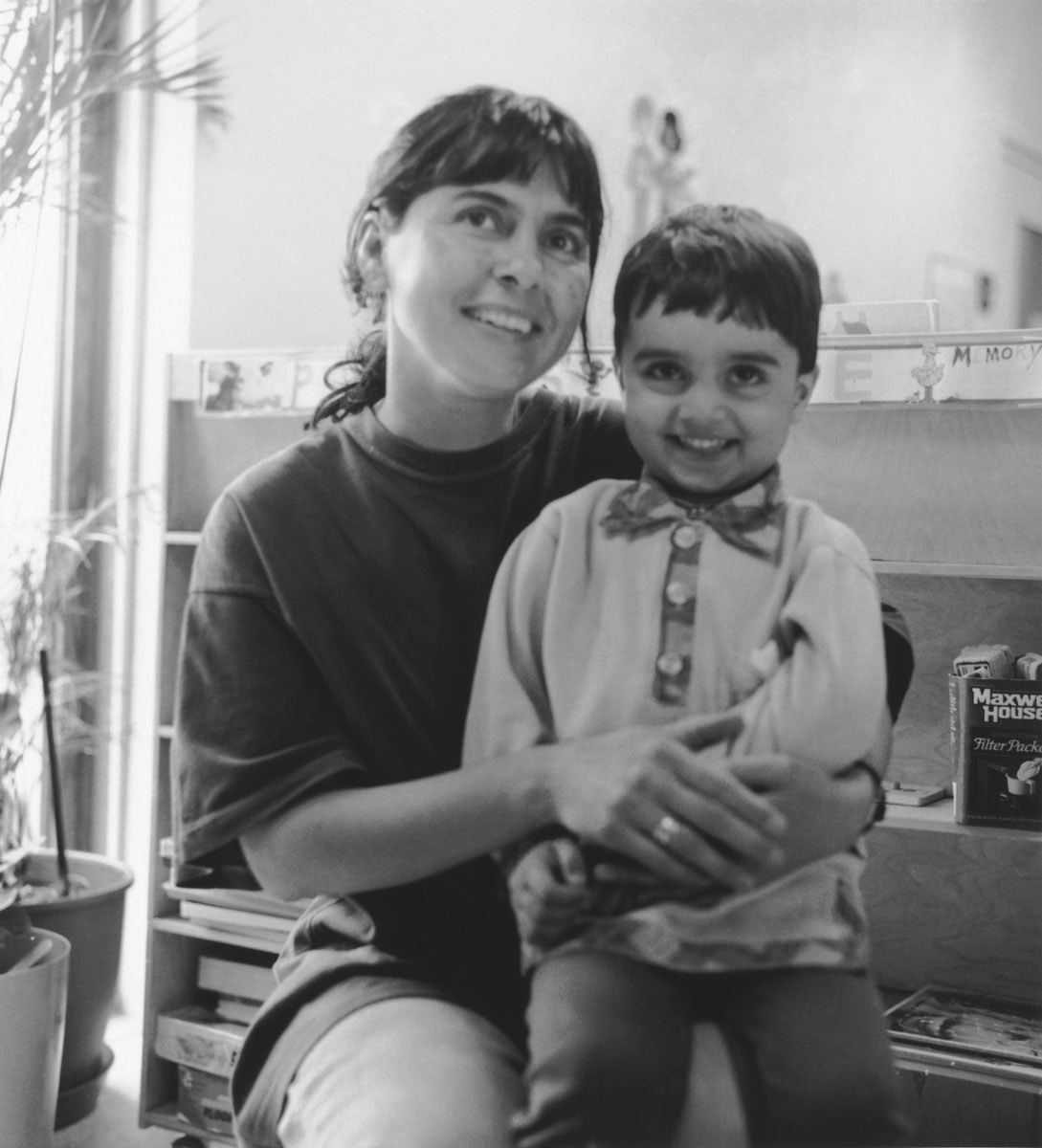Gallery 4
Early Portraits (1980)
In the early 1980s, after Thelma’s children had left home, she volunteered for eight years as a story reader at a long-term care home in Saskatoon, just two blocks from where she lived. When she arrived at the care home she saw a long row of residents seated on both sides of the hallway—all well fed and groomed, but most of them half asleep, with their heads bowed. Twice a week Thelma read pioneer stories to them. Soon they began to tell her their stories about the early days on the prairies, and wonderful expressions came over their faces. Their stories revealed their personalities and characters, the important events in their lives and what made them feel good about themselves.
After Thelma got to know the 2 ¼ negative. All of the portraits were residents, and gained their trust, she got shot in the residents’ surroundings using out her camera and attempted to capture the available light and backgrounds, their sterling qualities in photographs. and many were taken using a cable She used a German Rolleiflex camera release while the photographer with an f2.8 lens, which gave her a 2 ¼ × and her subject conversed.
Dmytro Stryjek (1987)
Dmytro Stryjek was born in Ukraine in 1899. He came to Hafford, Saskatchewan, when he was 24 years old. The paintings he did during the Hafford years were rarely accepted by curators. It was not until he retired and moved to Saskatoon in 1967 that he received recognition for his work. He had several exhibitions across Canada during his lifetime.
Immigrant Women (1997)
In 1967, Canada opened its doors to the entire world, and the mosaic of Canadian immigrants now included people from Africa, Asia and Central America. Thelma was fascinated that Canada had become a country comprised of so many different cultures, and that this new wave of immigration was so different than the European one a century earlier. She became interested in what we could learn from these diverse cultures.

